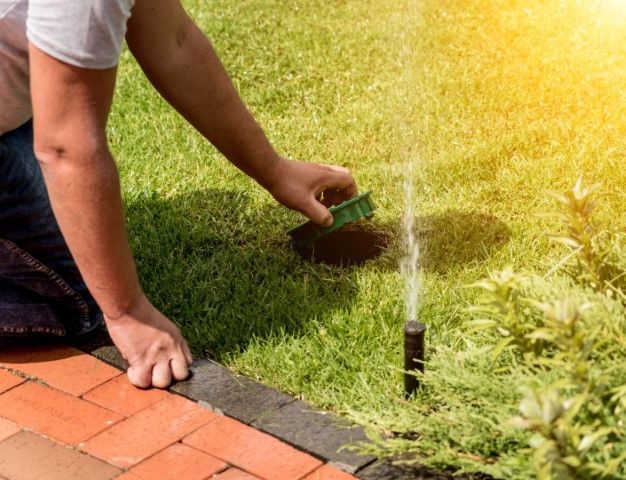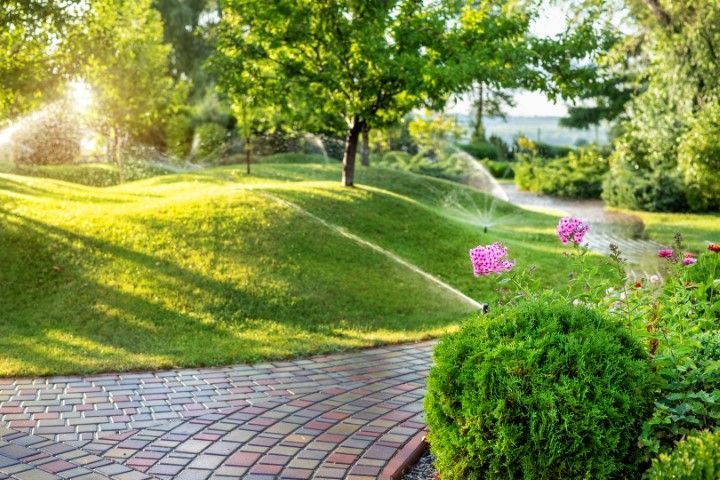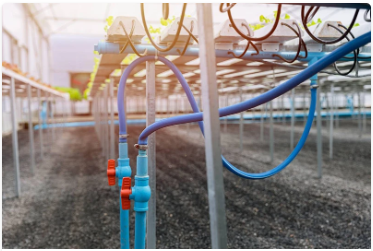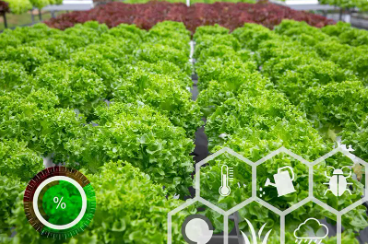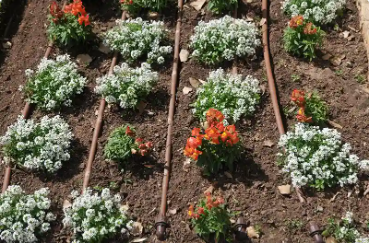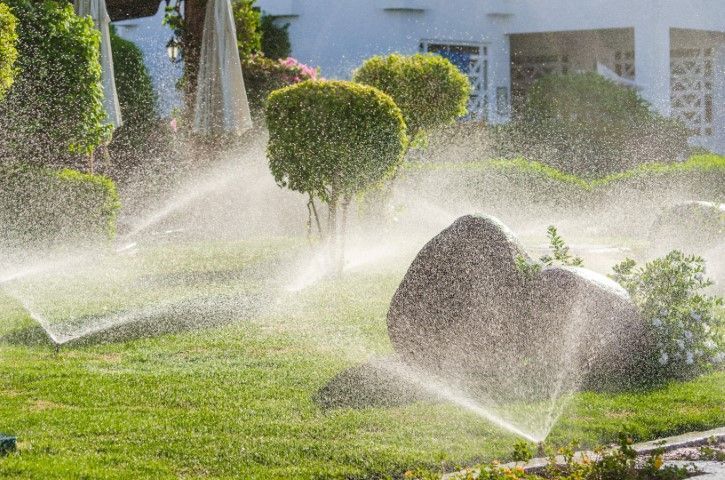Avoid These 5 Common Irrigation Blunders Every Homeowner Makes
Avoid These 5 Common Irrigation Blunders Every Homeowner Makes

- Avoid These 5 Common Irrigation Blunders Every Homeowner Makes
- Your Go-To Guide for Picking the Perfect Sprinkler System for a Lush Lawn: Handy Tips and Tricks
- Impact of Climate on Irrigation System Design and Operation
- The Role of Soil Moisture Sensors in Irrigation Efficiency
- Cost-Effective Irrigation Solutions for Small Gardens
You might think you’re doing everything right when it comes to watering your garden, but many homeowners unknowingly make critical irrigation mistakes. Overwatering, neglecting soil type, and poor system maintenance can sabotage your efforts and harm your plants. If you don’t have a consistent watering schedule or overlook drainage issues, you could be setting yourself up for bigger problems down the line. Understanding these common blunders is essential to nurturing a healthy garden. Curious about what you might be missing? Let’s explore these pitfalls and how to avoid them.
Overwatering Your Plants
Overwatering your plants is one of the most common mistakes gardeners make, and it can lead to serious consequences. Excess moisture in the soil can suffocate roots, preventing them from absorbing essential nutrients and oxygen. This not only jeopardizes plant health but can also create conditions for root rot and other fungal diseases.
To ensure your plants thrive, it’s crucial to strike the right balance in watering. Instead of adhering to a fixed schedule, evaluate the soil moisture regularly. Stick your finger about an inch into the soil; if it feels damp, hold off on watering. This practice not only conserves water but also encourages deeper root growth, enhancing plant resilience.
Moreover, consider using mulch to retain soil moisture and reduce evaporation. By doing so, you’ll minimize the need for frequent watering, supporting water conservation efforts in your garden. Remember, healthy plants are often those that receive just the right amount of water—enough to keep them hydrated but not so much that it leads to detrimental conditions. Prioritizing proper watering techniques will ultimately lead to a more vibrant and sustainable garden.
Ignoring Soil Type
Neglecting to consider soil type can lead to significant irrigation issues in your garden. Different soils have varying capacities for retaining moisture, which directly affects plant health. Here are four key points to remember:
1. Sandy Soil: Drains quickly, often leading to low soil moisture. You’ll need to irrigate more frequently.
2. Clay Soil: Retains water, which can suffocate roots if overwatered. Monitor moisture levels carefully.
3. Loamy Soil: Ideal for most plants, balancing drainage and moisture retention. Regular irrigation is usually sufficient.
4. Silty Soil: Holds moisture well but can compact easily. Ensure good aeration to support root health.
Poor System Maintenance
Regular maintenance of your irrigation system is crucial for optimal performance and plant health. Without it, you risk not only inefficient watering but also costly irrigation repairs down the line. Start by routinely checking for leaks, clogs, and broken components. Even minor issues can lead to significant water loss and uneven distribution.
Next, clean your filters and emitters regularly. Debris can accumulate over time, hampering water flow and affecting the health of your plants. Don’t forget to inspect your sprinkler heads; misaligned or malfunctioning heads can cause dry patches or overwatering in certain areas.
Additionally, consider system upgrades as part of your maintenance routine. Modern irrigation technologies, such as smart controllers and drip systems, can enhance efficiency and reduce water waste. Investing in these upgrades not only improves performance but can also save you money in the long run.
Inconsistent Watering Schedule
An inconsistent watering schedule can undermine all your efforts in maintaining a healthy irrigation system. If you don’t establish a regular watering frequency, your plants can suffer from stress, leading to poor growth and even death. Here’s how to avoid this blunder:
1. Establish a Routine: Set specific days and times for watering to ensure consistency.
2. Adjust for Seasons: Modify your watering frequency based on seasonal changes—plants require more water in the summer than in the winter.
3. Monitor Soil Moisture: Use a moisture meter or your finger to check soil dampness before watering; this prevents over- or under-watering.
4. Consider Plant Needs: Different plants have varying water requirements; group plants with similar needs together for efficient watering.
Neglecting Drainage Issues
Proper drainage is crucial for a thriving irrigation system, yet many gardeners often overlook it. Neglecting drainage issues can lead to water pooling, root rot, and unhealthy plants. To prevent these problems, you need to assess your landscape grading. This involves evaluating the slope of your yard and ensuring water flows away from plant beds and structures.
Implementing effective drainage solutions is essential. Start by installing French drains or surface drains in low-lying areas where water tends to accumulate. These systems redirect excess water, protecting your plants from over-saturation. Additionally, consider using permeable materials in pathways and patios to allow water to seep through and reduce runoff.
Regularly inspect your irrigation system for clogs or blockages that might exacerbate drainage issues. If you notice standing water, it may be time to reevaluate your landscape grading or drainage solutions. Remember, proper drainage not only supports your irrigation efforts but also fosters a healthier landscape. By addressing these drainage concerns proactively, you can ensure your garden thrives and maintains its aesthetic appeal. Don’t let neglect lead to costly repairs or poor plant health—stay vigilant about drainage.
- Avoid These 5 Common Irrigation Blunders Every Homeowner Makes
- Your Go-To Guide for Picking the Perfect Sprinkler System for a Lush Lawn: Handy Tips and Tricks
- Impact of Climate on Irrigation System Design and Operation
- The Role of Soil Moisture Sensors in Irrigation Efficiency
- Cost-Effective Irrigation Solutions for Small Gardens
